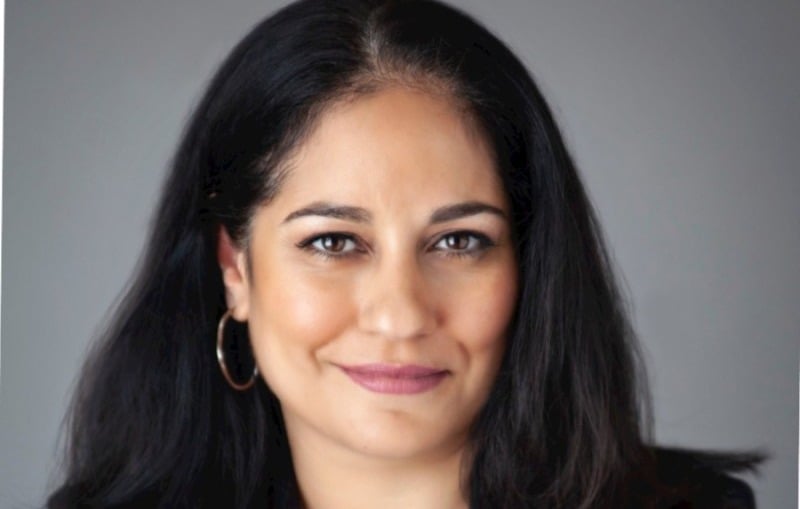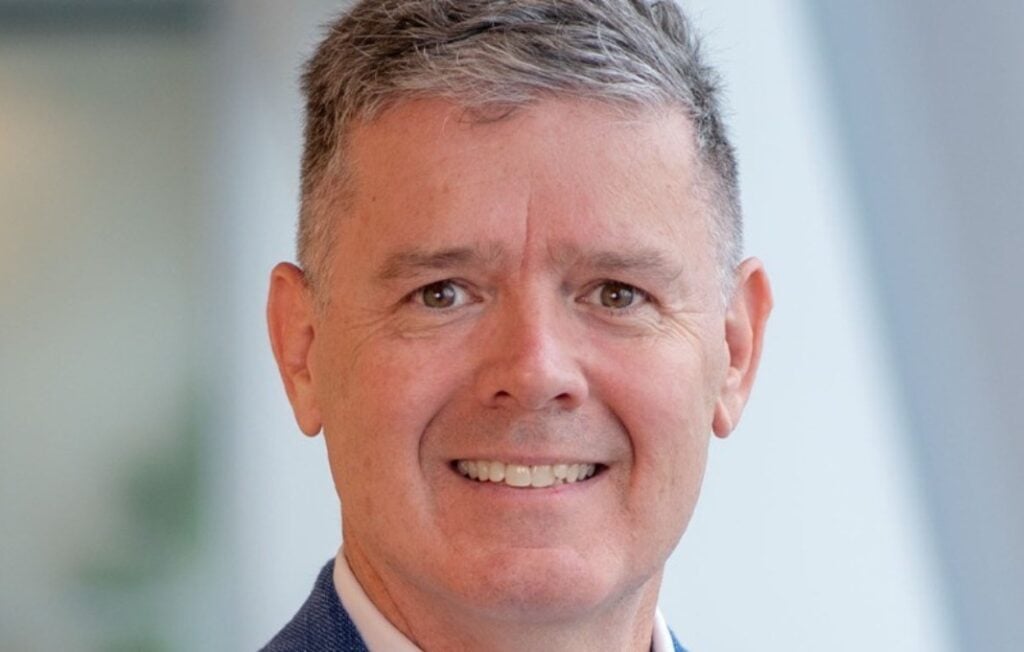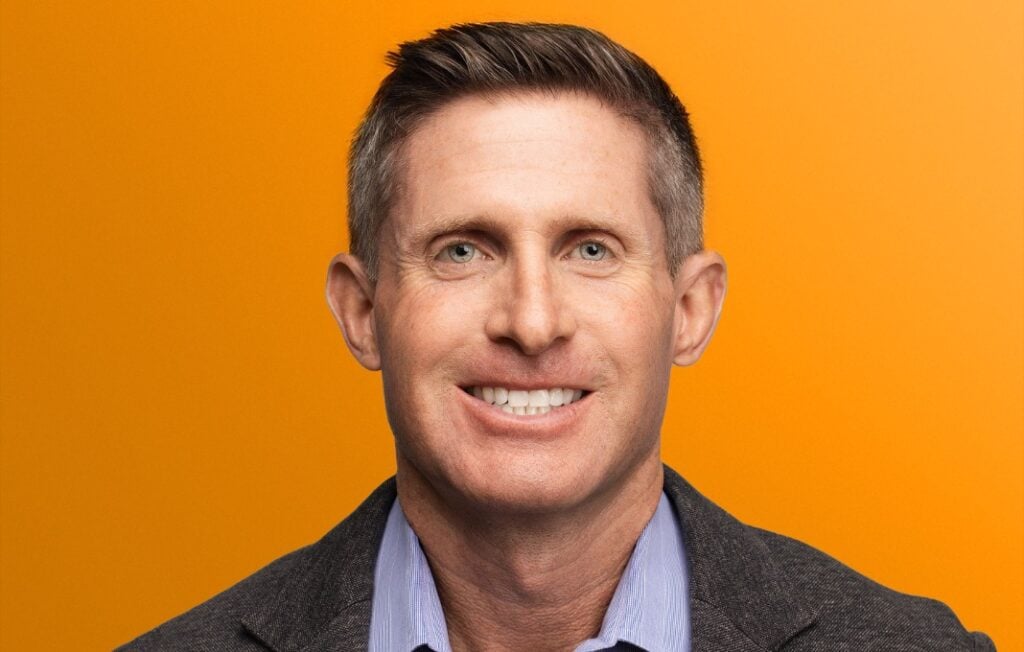Heidi Hauver has become an expert at building HR functions from the ground up. And if there’s one thing the vice president, customer and employee experience at Ottawa, Canada-based LearnExperts, champions, it’s the importance of taking a people-first approach.
That goes for every aspect of business, from tech upskilling to growing your organization. “When we lead with inclusion from the start,” she says, “we build better programs and cultures rooted in trust and ownership. That’s leadership that scales and sustains.”
You’ve built HR functions from scratch multiple times—what’s your blueprint for creating a people-first HR strategy that scales with business growth?
When building the HR function from the ground up, my blueprint always starts with people-first principles rooted in authenticity, scalability and intentionality. I prioritize hiring for addition over fit, seeking team members who challenge perspectives, bring new dimensions to the team and elevate our collective capabilities.
From day one, I design candidate experiences with scale in mind, focusing on transparent communication, genuine relationship-building, and a consistent brand voice that reflects who we are and aspire to be.
Rather than replicating another company’s culture, I look to great playbooks that have been widely shared, like those of Netflix and HubSpot, for inspiration, then tailor strategies to reflect the unique identity of the business and the people within it.
For example, Netflix inspires me to build a culture of freedom, responsibility and high accountability. HubSpot inspires me to cultivate transparency, adaptability and a deeply human-centred approach.
Other approaches I propose include co-creating values with leadership and employees, not just declaring them. As we grow, I ensure our processes—from onboarding to feedback to recognition—reinforce those values in a way that feels personal, not performative.
Scalable HR isn’t about rigid systems; it’s about designing flexible frameworks that evolve with the business. My approach blends empathy with operational rigor, ensuring people feel seen and supported while aligning with company goals. The result is an HR function that fuels growth by building a culture people want to be part of—and grow with.
As someone working at the intersection of HR, customer experience and AI, how do you see emerging technologies reshaping the strategic role of HR leaders?
We’re at a pivotal moment where HR can help reimagine what’s possible—and take the lead in how organizations adopt AI for maximum efficiency, value and scalability. Historically, HR hasn’t always been at the table for tech transformation, but AI changes that. It allows us to be involved and lead with a people-first mindset.
There is an opportunity for us to collaborate and leverage AI tools in all aspects of our work from building strategic HR plans, tailoring our recruitment processes, customizing onboarding plans, building scalable training programs that delight our users, and getting advice on complex employee relations matters.
As someone working at the intersection of HR, customer experience and AI, I see HR leaders playing a dual role: strategic tech adopters and human-centric change agents. We can help demystify AI, supporting our teams as they navigate uncertainty, see its true potential and build confidence instead of fear. That means championing ethical, inclusive use of AI while designing workflows that free up human capacity for more meaningful, high-impact work.
To truly scale, we must invest in our people—equipping them with the skills and mindset to stay current, engaged and excited about what’s ahead. AI can’t replace empathy, creativity or culture—but it can amplify them if we lead thoughtfully. This is HR’s moment to step into the future as supporters of change and architects of it.
What’s one leadership lesson from your own career journey that you believe every rising HR leader should hear—and why?
One of the most important leadership lessons I’ve learned is that you don’t have all the answers—and you’re not supposed to. Earlier in my career, I believed leadership meant always having the solution. A defining moment came when I was tasked with launching a new employee program. My team and I approached it solo, aiming to “get it right” and represent everyone’s interests. While well-intentioned, we missed the mark, and that experience changed everything for me.
I realized the best programs aren’t built for people—they’re built with them. Since then, co-creation has become a non-negotiable. I now invite teams into the ideation and design process not as a formality, but as a core way of working. It builds trust, surfaces real needs and leads to solutions that resonate. When people help shape the outcome, they’re far more likely to champion it.
Today, I lead with humility and curiosity. I ask more questions, create space for diverse voices, and treat feedback as fuel. HR leaders have a unique opportunity to model this, especially during growth or change. When we lead with inclusion from the start, we build better programs and cultures rooted in trust and ownership. That’s leadership that scales and sustains.
With your focus on community building and inclusive hiring, what innovative approaches have you seen succeed in creating truly equitable workplaces?
Creating truly equitable workplaces requires intentional design across every stage of the employee experience—from hiring to development. It starts with rethinking job descriptions to emphasize skills and impact over traditional credentials and expanding sourcing strategies to reach more diverse talent. This opens the door to candidates we might otherwise overlook. Just as important is ensuring the hiring process is structured, inclusive and bias-aware, from outreach through evaluation.
Equity also requires transparency. Leaders must clearly communicate business goals and priorities, so every employee understands how success is defined and how their work contributes to broader outcomes. That alignment builds purpose, trust, and accountability—especially for those historically excluded from strategic conversations.
It takes real focus and effort to build recruitment practices that unite team members with diverse lived experiences—people who will not just work together but complement each other and push your organization to new heights.
Some of my best hires have been people who didn’t necessarily shine on paper—even with AI polishing their resumes—but they absolutely wowed us in interviews. Fortunately, our team had the awareness and instincts to recognize that they would bring something truly special to our culture and work.
Equity doesn’t stop at the offer letter. It requires building accessible feedback loops, investing in professional development, and offering mentorship and coaching to everyone, not just top performers or senior roles. This ensures all team members have the opportunity to grow, stay engaged, get inspired and feel supported.
Internal mobility is key. Promoting from within through fair, transparent processes helps people see a future in the company. Onboarding and development can foster belonging—meeting people where they are and helping them thrive and do their best work. When people grow, companies grow.








